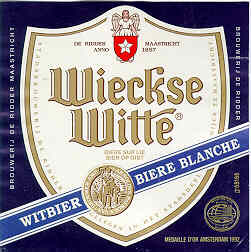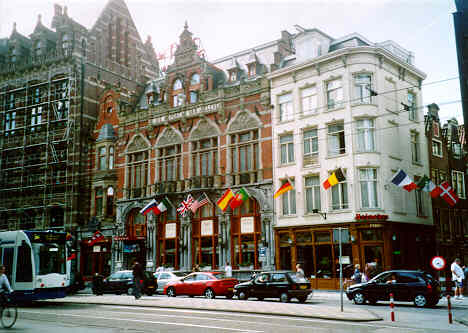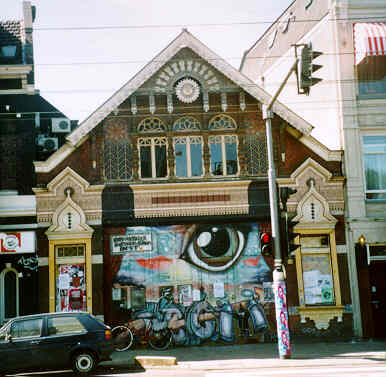
Amsterdam - its pubs, beers and breweries
Amsterdam pubs are vibrant, diverse and numerous. I like that last one most. This is my selection of the very best Amsterdam bars (pubs, beerhalls, cafes, kroegen, kneipen and other search engine requirements) for drinking beer.
Around 1,200 bars serve a population of 735,328: that's one pub for every 612 inhabitants. (Or 1 for every six and a half Britons. That could be why every pub I enter contains 3 Geordies, 2 Scousers and 1.5 Brummies. Officially, 8,324 Britons live in Amsterdam - the city's third largest minority group, after Moroccans and Turks. So why are there no regular outlets for cask-conditioned beer in Amsterdam?)
Compiling this guide has been an arduous task, but one which I undertook willingly. Sadly, the dynamic nature of a modern post-industrial economy (or was that post-modern industrial economy?) means that my research will never end. Pub openings (and pub closures) require me to spend long hours hanging around in bars. At least that's what I tell everyone.
The choice of beer in Amsterdam is not as large as the number of pubs. Some bars still only sell a single beer - draught pils. It's rare to find more than a dozen beers, something which even the smallest British or Belgian pub could manage.
If you know where to look, there is plenty of variety. Loads of Belgian stuff, of course (on draught as well as in bottles), surprisingly little decent Dutch beer, but a few interesting beverages from Germany and Britain.
I feature bars and cafes in Amsterdam (sorry about the style, SE) which:
- sell a wide range of different beers
- sell interesting or unusual beers
- have interesting interiors
- I just like (though they do have to sell one beer I would voluntarily drink)
Practical Stuff
Where do I find Pubs?
Dutch breweries (large)
Dutch breweries (small)
Belgian breweries
Amsterdam breweries
Pretend Amsterdam breweries
Bockbier Tasting 2004
Bokbierfestival
Amsterdam Beer Tours
Amsterdam Pubs
Nieuwezijd (Dam)
Oudezijd (Nieuwmarkt)
De Jordaan
De Pijp
Amsterdam East
Amsterdam South
Amsterdam West
Utrechtsestraat


 I
admire Salm's line in industrial buildings - his speciality was tram
garages - which included numerous large brewery project's, like Amstel.
Had he known all their fates, he might have regretted that decision.
I
admire Salm's line in industrial buildings - his speciality was tram
garages - which included numerous large brewery project's, like Amstel.
Had he known all their fates, he might have regretted that decision.